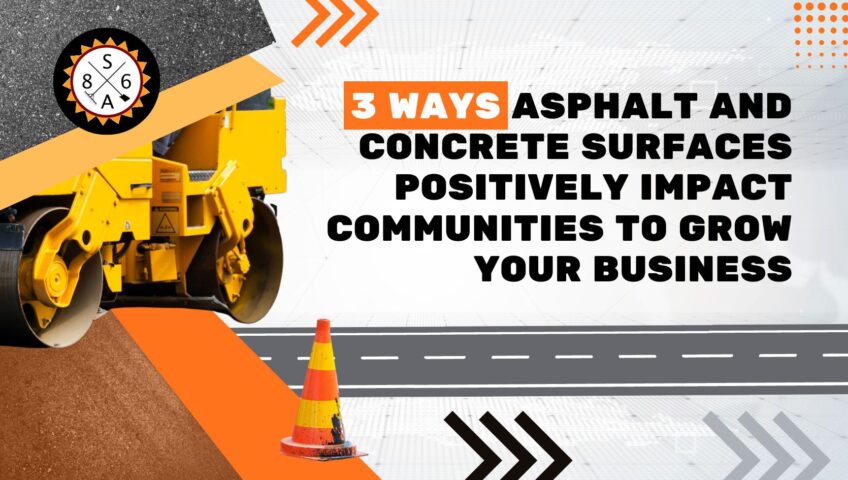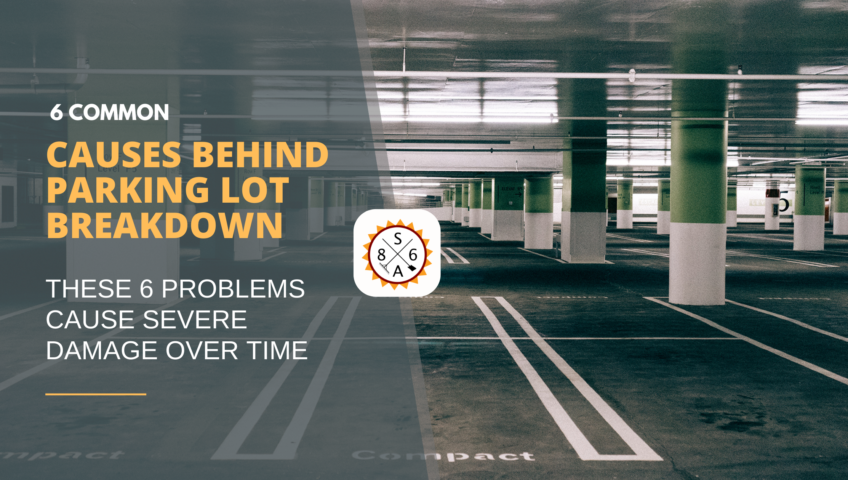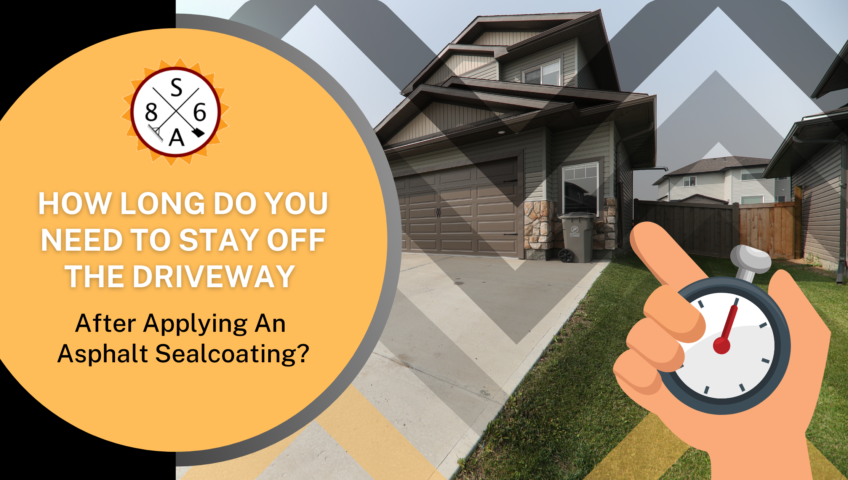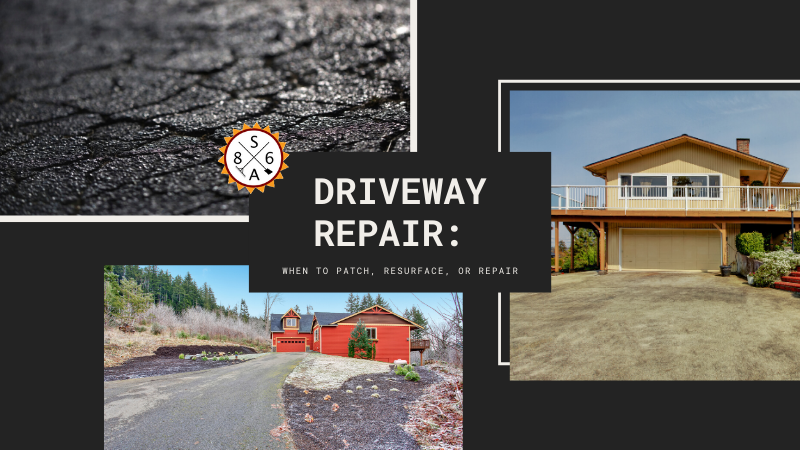
3 Ways Asphalt and Concrete Surfaces Positively Impact Communities
Asphalt companies have made a significant contribution to our nation’s transportation system by paving roads that are cost-effective, safe, and can withstand the harsh cycles of freezing temperatures. Without asphalt roads that feature a dark surface which significantly reduces glare and is skid-resistant to reduce accidents on wet roads, the number of highway and road accidents would be higher.
There are other advantages of asphalt surfaces that positively impact our communities, making them safer and quieter while adding fuel efficiency.
3 Reasons to Support Asphalt Roads
1. Asphalt is sustainable and recyclable
Asphalt roads have a thick base course along with an intermediate and top wear course which is about 3 inches. When the time comes for resurfacing, it is only the top wear layer that is milled off, then reused to make a fresh new top layer about every 20 years. The underlying courses typically never need replacement and can remain very strong indefinitely.
Because asphalt is 100% recyclable, American taxpayers save billions of dollars each year when municipalities complete roadwork using sustainable asphalt surfaces.
2. Less noise means better communities
The smooth nature of asphalt roadways and the properties of asphalt itself make for a driving surface that is much quieter than other roadway materials. Notice that there are no construction joints on asphalt-paved surfaces. It is these joints that often lift up or buckle, causing noise as trucks and cars drive.
Many states have roadway smoothness requirements that must be met, and asphalt is the easiest way to create roads that are built smoothly and provide an extremely quiet driving surface. And, when the time does come to repair or replace asphalt, it is the quickest road to repair, which eliminates long hours of road construction.
3. Asphalt roads offer better fuel efficiency
The ultra-smooth surface of asphalt means there is less friction between car tires and the road. This adds to driving that is more controllable, more comfortable, and saves on gasoline. Even the construction of asphalt roads is efficient, because it is completed in just a few easy stages, which eliminates rerouting of traffic that can add to a driver’s commute time.
Fuel efficiency trickles down to greater benefits to the community, like better air quality and a smaller carbon footprint. When automobiles have better fuel efficiency, they cost less to operate and maintain. It is estimated that thousands of dollars can be saved by driving on asphalt roads.
Finally, asphalt can be formulated with a number of different additives to fit the different weather and road conditions that exist all over the country. There are some asphalt mixtures that contribute to a smoother surface and some that promote better rainwater drainage.
With the ability to engineer an asphalt roadway solution to fit the unique needs of each community, every one wins with a product that is recyclable, provides a smooth and quiet ride, and contributes to the fuel efficiency of cars and trucks.
Superior Aggregates Inc. has been solving asphalt paving problems for municipal, commercial, and residential customers in Boulder, CO and surrounding communities for over 27 years. From quick repairs to complete asphalt surface installations, we provide the highest in workmanship and material quality.
Contact Superior Aggregates to learn more about how our asphalt and concrete services can benefit you and your community.
Asphalt companies have made a significant contribution to our nation’s transportation system by paving roads that are cost-effective, safe, and can withstand the harsh cycles of freezing temperatures. Without asphalt roads that feature a dark surface which significantly reduces glare and is skid-resistant to reduce accidents on wet roads, the number of highway and road accidents would be higher.
There are other advantages of asphalt surfaces that positively impact our communities, making them safer and quieter while adding fuel efficiency.
3 Reasons to Support Asphalt Roads
1. Asphalt is sustainable and recyclable
Asphalt roads have a thick base course along with an intermediate and top wear course which is about 3 inches. When the time comes for resurfacing, it is only the top wear layer that is milled off, then reused to make a fresh new top layer about every 20 years. The underlying courses typically never need replacement and can remain very strong indefinitely.
Because asphalt is 100% recyclable, American taxpayers save billions of dollars each year when municipalities complete roadwork using sustainable asphalt surfaces.
2. Less noise means better communities
The smooth nature of asphalt roadways and the properties of asphalt itself make for a driving surface that is much quieter than other roadway materials. Notice that there are no construction joints on asphalt-paved surfaces. It is these joints that often lift up or buckle, causing noise as trucks and cars drive.
Many states have roadway smoothness requirements that must be met, and asphalt is the easiest way to create roads that are built smoothly and provide an extremely quiet driving surface. And, when the time does come to repair or replace asphalt, it is the quickest road to repair, which eliminates long hours of road construction.
3. Asphalt roads offer better fuel efficiency
The ultra-smooth surface of asphalt means there is less friction between car tires and the road. This adds to driving that is more controllable, more comfortable, and saves on gasoline. Even the construction of asphalt roads is efficient, because it is completed in just a few easy stages, which eliminates rerouting of traffic that can add to a driver’s commute time.
Fuel efficiency trickles down to greater benefits to the community, like better air quality and a smaller carbon footprint. When automobiles have better fuel efficiency, they cost less to operate and maintain. It is estimated that thousands of dollars can be saved by driving on asphalt roads.
Finally, asphalt can be formulated with a number of different additives to fit the different weather and road conditions that exist all over the country. There are some asphalt mixtures that contribute to a smoother surface and some that promote better rainwater drainage.
With the ability to engineer an asphalt roadway solution to fit the unique needs of each community, every one wins with a product that is recyclable, provides a smooth and quiet ride, and contributes to the fuel efficiency of cars and trucks.
Superior Aggregates Inc. has been solving asphalt paving problems for municipal, commercial, and residential customers in Boulder, CO and surrounding communities for over 27 years. From quick repairs to complete asphalt surface installations, we provide the highest in workmanship and material quality.
Contact Superior Aggregates to learn more about how our asphalt and concrete services can benefit you and your community.




